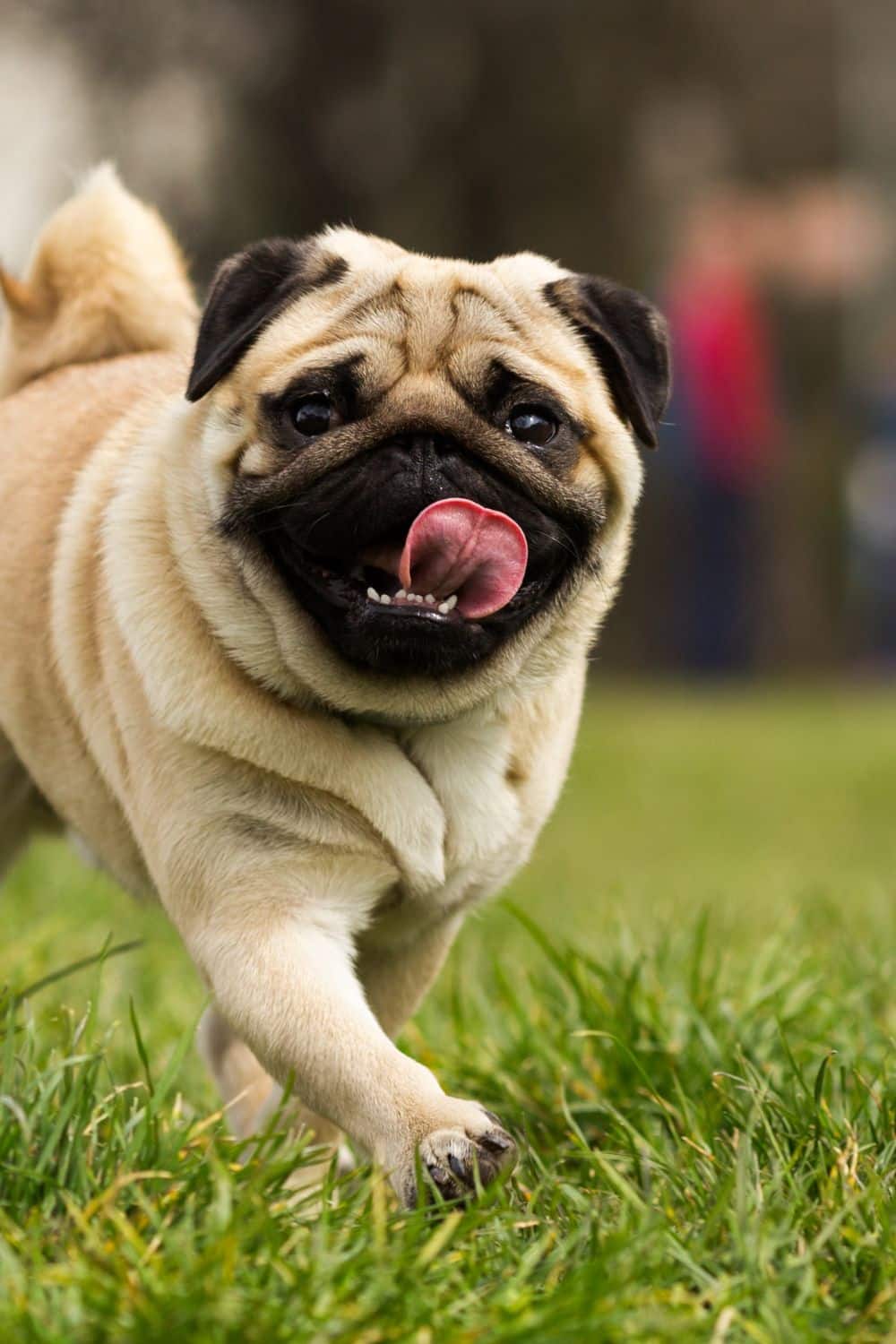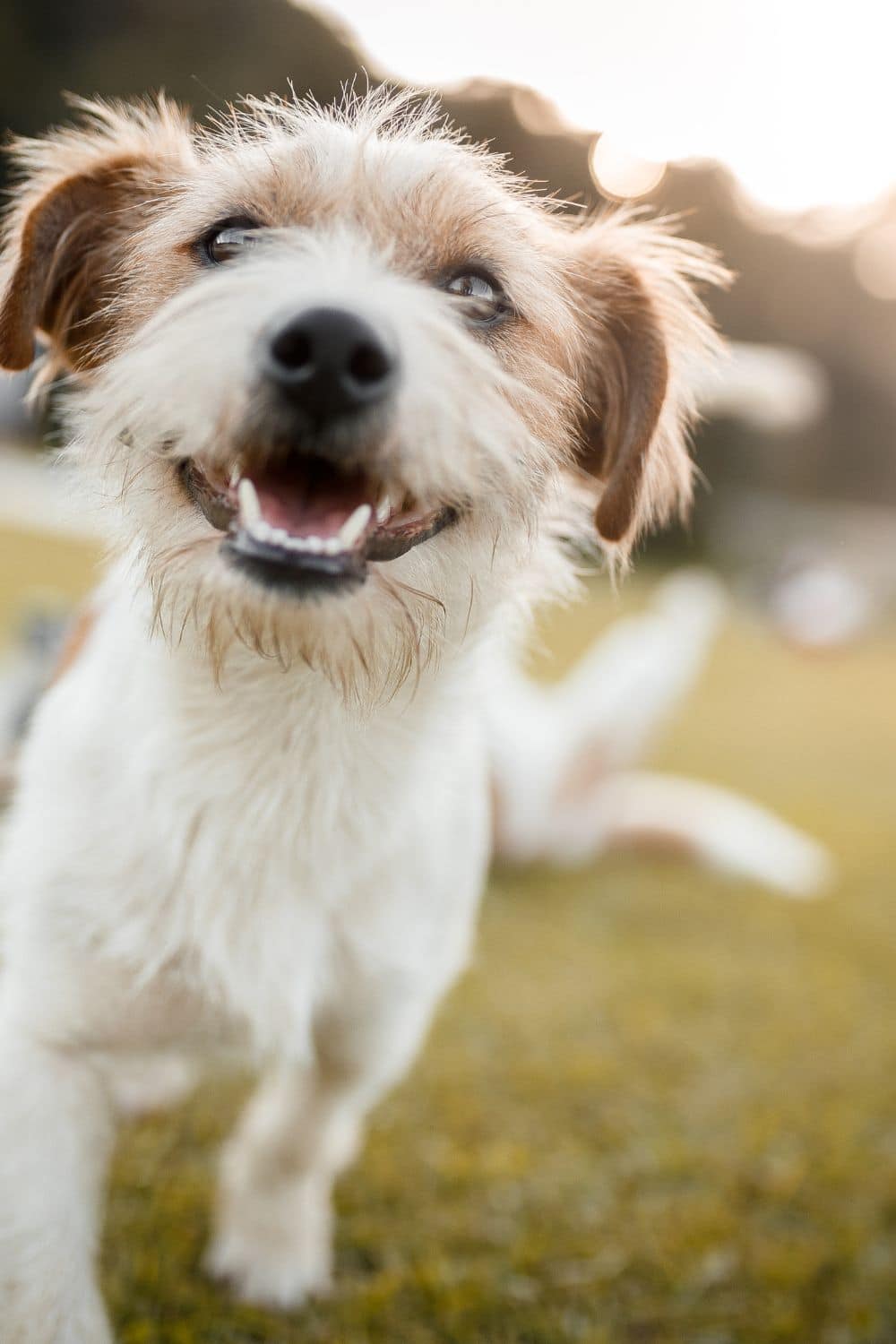Do you have a dog that needs a little training? Here are Useful Tips To Help You Train Your Dog The Right Way

Useful Tips To Help You Train Your Dog The Right Way
Dogs are known as “man’s best friend” for a reason. They are loyal, and friendly, and make great pets. However, dog owners need to remember that dogs are not born knowing how to behave so they need to be trained! This article will discuss some useful tips that will help you train your dog the right way.
Find Professional Help
It’s important not to shy away from seeking help from people who have much more experience than you. Tons of people hire trainers and visit their many dog training locations to ensure the best possible outcome. You can also look online for resources, as there are many dog trainers who make content specifically for those who want to train their dogs on their own. If you have the means, finding professional help is always a great idea when it comes to training your dog.
There are so many things to learn and keep track of when training your dog, and it can be really easy to get overwhelmed. This is why finding professional help is such a great idea- they will be able to help you create a training plan that makes sense for both you and your dog, and can offer support along the way.
Research The Breed
Different dog breeds behave differently and have different temperaments. By researching the breed, you will be able to better understand your dog’s natural tendencies and how to best work with them. This doesn’t mean that you can’t train a mixed-breed dog, but it may give you some insight into what motivates your dog and how they learn best.
For example, a vizsla will learn everything much faster than a labrador, but a labrador is much more food motivated than a vizsla. If you want your dog to learn something quickly, using food as a motivator may not be the best method. However, if you are having trouble getting your dog’s attention, using food can be helpful in getting them to focus on you.
Use Treats
Experiment with various treats until you find something your dog really likes. Make sure the treat is small enough that your dog can eat it quickly. You don’t want your dog to get full before you’re done training!
When you first start using treats, give your dog a treat after every successful action. For example, if you’re teaching your dog to sit, give him a treat as soon as his bottom hits the ground. As he gets better at a sitting, you can start spacing out the treats. Eventually, you should only be giving him a treat occasionally (perhaps once every few minutes).
If your dog isn’t responding to treats, try using a different type of rewards, such as praise or petting. Some dogs just aren’t motivated by food!
Limit Distractions
Dogs are impulsive and can be easily distracted. To help your furry friend focus on you during training, limit distractions such as other people or animals. If you’re working on basic commands like “sit” or “stay,” choose a quiet room in your house with few distractions. Once your dog masters those commands in a low-distraction environment, you can begin to train in locations with more activity. By limiting distractions from the outset, you’ll set your pup up for success and avoid frustration on both of your parts!
For example, if you want to train your dog to “speak,” start by saying the command in a quiet room. Once your dog masters the command in that environment, you can begin to say it when there are other people or animals around.
Use The Right Method
There are multiple methods of dog training you can apply. These are the following:
- using food
- using a toy
- using verbal commands
- using hand signals
Each method has its own advantages and disadvantages. You need to evaluate what will work best for you and your dog. For example, if you are training your dog to sit, you may find that using a treat is the most effective way to get them to do so. On the other hand, if you are teaching your dog to stay, using a verbal command might be best. Ultimately, it is important that you use whatever method works best for both of you.
Use A No-Pull Dog Harness To Train
A no-pull dog harness is an invaluable tool for pet owners looking to train their furry companions in a gentle and effective way. Unlike traditional collars, which can put strain on the neck and potentially cause injury, a no-pull dog harness evenly distributes pressure across the chest and shoulders of your canine friend. This design allows for better control over your dog’s movements without causing discomfort or harm. By utilizing a no-pull dog harness during walks or training sessions, both you and your four-legged companion can enjoy improved communication, enhanced safety, and increased bonding opportunities as you embark on this exciting journey together toward obedience and harmony.
Have Shorter Sessions
Shorter sessions focused on specific behaviors are more likely to produce results than longer training sessions. You and your dog will both get tired during long training sessions, which can lead to frustration on both ends. It’s important to keep training sessions short so that you can both stay focused.
Another benefit of having shorter training sessions is that it allows you to focus on one behavior at a time. Trying to work on too many behaviors at once is likely to confuse your dog and make it harder for them to learn.
Stay Consistent
Consistency is very important when you are training your dog. Dogs learn best when they are able to predict what is going to happen next. If you are consistent with your commands and rewards, your dog will be more likely to understand what you want him to do.
One way to stay consistent is to use the same words for each command. For example, if you want your dog to sit, say “sit” every time you give the command. Do not use different words or phrases such as “sit down” or “good boy, sit.” This will only confuse your dog and make it harder for him to learn what you want him to do.
Be Patient
It is also essential that you be patient when training your dog. Dogs can sense when their owners are impatient, and this can make the training process much more difficult. If you find yourself getting frustrated, take a break and come back to it later. You’ll both be happier about it in the end.
Remember, Rome wasn’t built in a day, and neither is a well-trained dog. So be patient, and enjoy the process. After all, it’s one of the many joys of being a pet owner.
Even when it misbehaves, you have to be calm and patient. Getting angry will only make things worse. Try to keep a positive attitude, and eventually, you’ll get there.
Dogs will love you no matter what, but a trained one will also be healthier and better behaved so don’t be scared to seek help from professionals. Consider what breed you have and use the right treats. Limit their distractions and find the right approach to dog training. Have short sessions so they’re not overwhelmed and stay consistent throughout the process. Finally, stay patient and calm while doing this and you’ll have the best-behaved boy or girl in the neighborhood!

Leave A Reply!